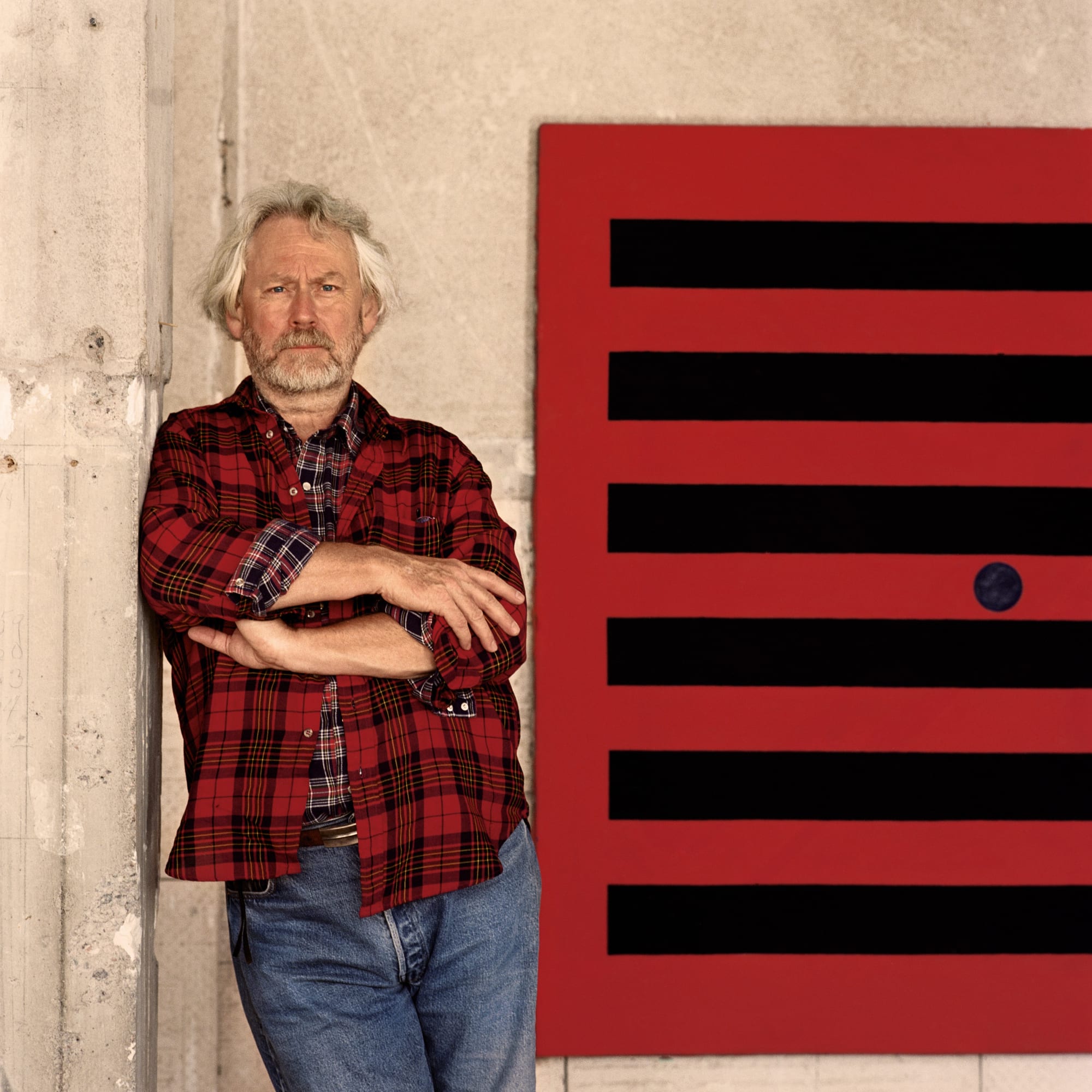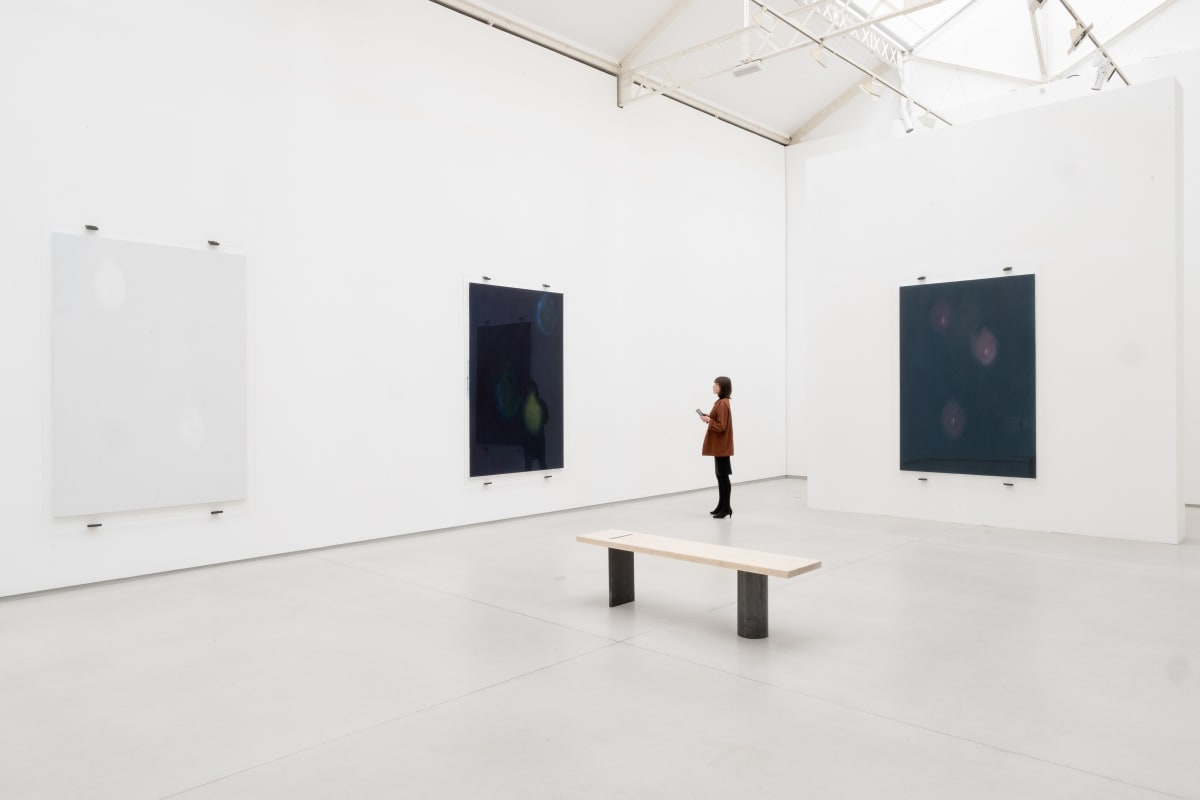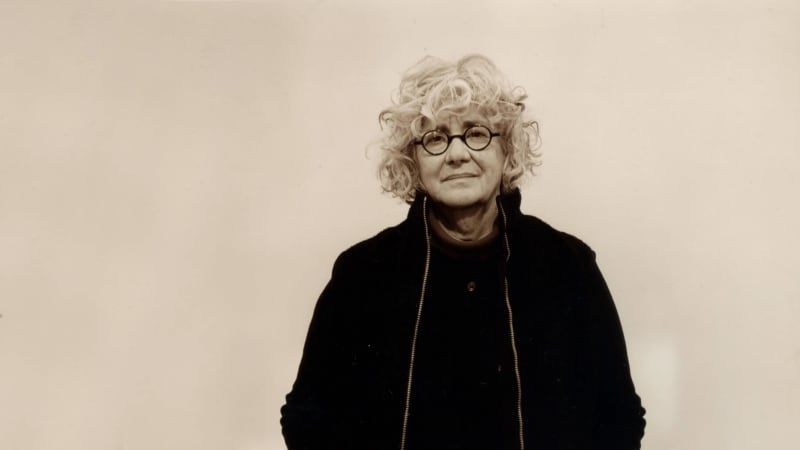

Donald Judd Foundation
Overview
'Material, space, and colour are the main aspects of visual art. Everyone knows that there is material [...] but no one sees space and colour. Two of the main aspects of art are invisible; the basic nature of art is invisible.'
The work of Donald Judd prepared the ground for a new artistic language and established the sculptural parameters he modulated throughout his career. For Judd, investigating spatial configurations and geometric forms was a means of distancing his work from symbolic meaning, often associated with Minimalist art, a categorisation he adamantly opposed. His practice was embedded in the qualities of the materials he used, despite the industrial process of their production.
In 1968, the first major museum exhibition of his works in three dimensions was held at the Whitney Museum of American Art. In the same year Judd purchased 101 Spring Street, a five-storey cast iron-framed building in New York where he developed his idea of the permanent installation, his belief that the placement of a work of art was as critical to its understanding as the work itself. The building became a platform for his art and that of others, with Judd's works permanently exhibited alongside those of his contemporaries.
The work of Donald Judd prepared the ground for a new artistic language and established the sculptural parameters he modulated throughout his career. For Judd, investigating spatial configurations and geometric forms was a means of distancing his work from symbolic meaning, often associated with Minimalist art, a categorisation he adamantly opposed. His practice was embedded in the qualities of the materials he used, despite the industrial process of their production.
In 1968, the first major museum exhibition of his works in three dimensions was held at the Whitney Museum of American Art. In the same year Judd purchased 101 Spring Street, a five-storey cast iron-framed building in New York where he developed his idea of the permanent installation, his belief that the placement of a work of art was as critical to its understanding as the work itself. The building became a platform for his art and that of others, with Judd's works permanently exhibited alongside those of his contemporaries.
In 1971, Judd first visited Marfa, Texas where he eventually established studios, living quarters and a ranch, now part of Judd Foundation. In Marfa, Judd's work increased in scale and complexity as he started making room-sized installations. In 1986, he transformed this into the Chinati Foundation, a landmark of contemporary art and a key expression of his aesthetic where his work could be permanently exhibited alongside fellow artists including Carl Andre, Dan Flavin, Richard Long, and Ilya and Emilia Kabakov. Until the end of his life in 1994, he questioned the notion of the art object, using a variety of materials, a crafted approach and rigorous experimentation with colour.
Judd's work has been exhibited throughout the United States, Europe, and Asia, and is in museum collections worldwide, including The Museum of Modern Art, New York; Centre Pompidou, Paris; and Tate, London. His work was exhibited at the Whitney Museum of American Art, New York in 1968, followed in 1987 by a retrospective that was organised by the Van Abbemuseum, Eindhoven and travelled to the Städtische Kunsthalle, Düsseldorf; Musée d'Art Moderne de Paris; Fundació Joan Miró, Barcelona; and Castello di Rivoli, Turin. In 1988, the Whitney Museum of American Art exhibited a retrospective of his work. In 2000, Donald Judd: Colorist was organised by the Sprengel Museum, Hanover and travelled to Kunsthaus Bregenz, Switzerland and Musée d'Art Moderne et d'Art Contemporain, Nice. In 2004 a survey exhibition was organised by Tate Modern, London, which travelled to the K20 Kunstsammlung Nordrhein-Westfalen, Düsseldorf and Kunstmuseum Basel. A major retrospective of his work opened at The Museum of Modern Art, New York, in 2020.
Judd Foundation maintains and preserves the artist's permanently installed living and working spaces, libraries, and archives in New York and Marfa, Texas. The Foundation promotes a wider understanding of Judd’s artistic legacy by providing access to these spaces and resources and by developing scholarly and educational programmes.
Videos




Artworks
Exhibitions
Publications

Donald Judd

















































































































































































































